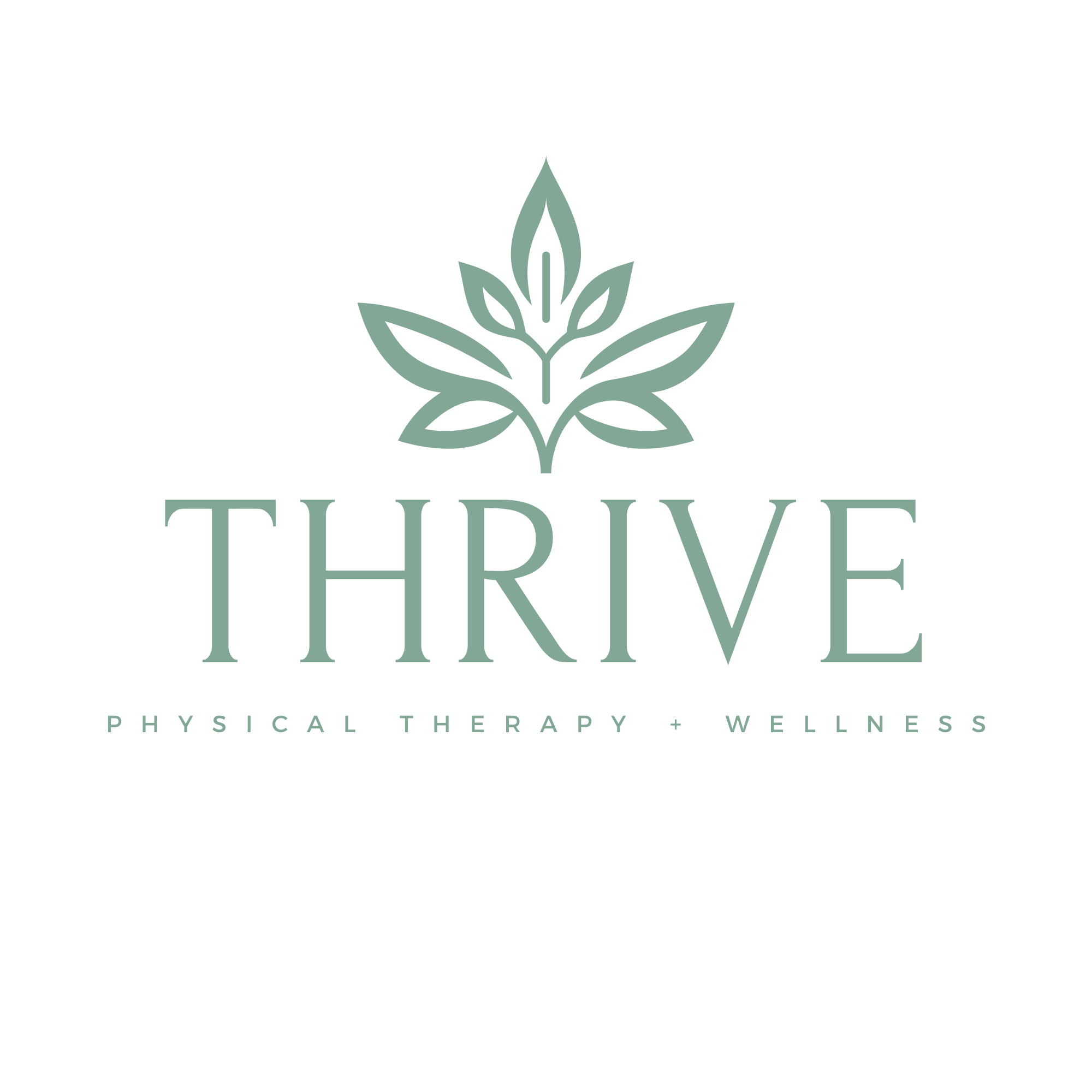
Picture this: You’re involved in a minor car accident. No airbags deployed, no major visible damage, yet shortly after, you notice a nagging stiffness and discomfort in your neck. What happened? This could very well be whiplash — a surprisingly common neck injury that occurs when your head suddenly jolts forward and then snaps back, like the crack of a whip.
Whiplash isn’t just about pain; it affects muscles, ligaments, nerves, and sometimes even the delicate structures of the spine. Neck injuries can result from car accidents, sports, or even simple falls. What’s important is recognizing that while whiplash can sometimes heal on its own, ignoring it or relying solely on painkillers often leaves you stuck with lingering discomfort and limited movement.
That’s where physical therapy steps in as a game changer, offering more than temporary relief — it offers a path to healing, regaining function, and reclaiming your quality of life.
The Complex Nature of Whiplash and Why It Requires Specialized Care
When most people hear “neck injury,” they think of just soreness or a stiff neck. But whiplash is multi-dimensional. It involves a complex interaction of soft tissues, vertebrae, and nerves, all of which can be disrupted by sudden trauma. This trauma can lead to inflammation, muscle spasms, decreased range of motion, headaches, dizziness, and even cognitive symptoms like difficulty concentrating.
What complicates whiplash recovery is that pain and dysfunction might not always show up immediately. Sometimes, symptoms develop over days or even weeks. This delayed onset can confuse patients and doctors alike, making it essential to have an expert guide you through the right healing process.
Physical therapy recognizes this complexity and treats not just the symptoms but the root causes, setting the stage for effective, lasting recovery.
Why Physical Therapy Should Be Your First Choice for Whiplash Treatment
You might wonder, “Why not just take medication and rest?” While rest and pain relief are important in the initial stages, prolonged inactivity can actually worsen neck stiffness and muscle weakness. Medications often mask the pain but don’t fix the underlying issue.
Physical therapy takes a proactive approach, tailoring a recovery plan to your unique injury and symptoms. It’s about restoring movement, improving strength, and reducing pain through carefully designed exercises and techniques. This approach helps prevent chronic pain, reduces dependency on drugs, and speeds up your return to daily activities.
Thrive Physical Therapy, for instance, specializes in personalized care plans that adapt as your body heals, ensuring that your recovery is both safe and effective.
What Happens During a Physical Therapy Session for Whiplash?
If you’re new to physical therapy, you might be curious about what to expect. At Thrive Physical Therapy, your journey begins with a comprehensive evaluation. This isn’t just about where you feel pain; it’s an in-depth look at how your neck moves, your posture, muscle strength, nerve function, and even how your injury affects your daily life.
Based on this evaluation, your therapist crafts a personalized plan that may include gentle stretches to improve flexibility, strength training to stabilize the neck, manual therapy to reduce muscle tightness, and education on posture and ergonomics.
Treatment might also involve modalities like heat, ice, or electrical stimulation to ease pain and inflammation. Importantly, therapists continually monitor your progress and adjust your plan to match your healing pace.
Restoring Motion and Strength: The Heart of Therapy
One of the biggest challenges after whiplash is overcoming stiffness and regaining a full range of motion. Without movement, the muscles and joints around your neck become weak and less flexible, which can trap you in a cycle of pain and immobility.
Physical therapy focuses heavily on restoring natural movement. Through carefully guided exercises, you gradually reintroduce motion without overstressing the injury. This helps reduce muscle guarding — where muscles tighten up to protect the injury but actually contribute to pain and limited movement.
Strengthening the muscles around your neck and upper back supports proper alignment and distributes forces more evenly, reducing the strain on injured tissues. This tailored strengthening is crucial to prevent future injury and ensure long-term neck health.
Tackling Pain with More Than Just Medications
Pain management is a core part of whiplash treatment, but physical therapy approaches it differently than a prescription bottle. Techniques such as manual therapy involve skilled hands-on work to release tight muscles, improve joint mobility, and stimulate circulation. These manual techniques can alleviate pain naturally and improve tissue healing.
Therapists may also employ modalities like ultrasound or electrical stimulation to target deep tissue pain and promote relaxation. Unlike medications, these treatments encourage the body’s own healing mechanisms without side effects.
This comprehensive approach to pain helps patients reduce reliance on painkillers and avoids the risk of masking symptoms without addressing underlying dysfunction.
The Role of Posture and Ergonomics in Neck Injury Recovery
Many neck injuries are aggravated by poor posture and repetitive strain, especially in today’s digital world. Slouching at a desk or constantly looking down at a phone can prolong neck pain and delay recovery.
Physical therapy doesn’t stop at exercises. A big part of the healing process involves educating patients on posture correction and ergonomic adjustments to daily activities. Therapists guide you in setting up your workspace, adjusting sleeping positions, and modifying movements that may stress your neck.
By making these lifestyle changes, you reduce unnecessary strain and support your neck’s healing environment.
Beyond the Neck: Addressing the Whole Body
Whiplash doesn’t just affect the neck—it can create a domino effect throughout the body. The shoulders, upper back, and even lower back often compensate for neck pain, sometimes leading to additional issues.
Physical therapists look at the body holistically. For example, tight shoulder muscles or weak core stability can influence neck function. A comprehensive therapy plan addresses these interconnected areas to restore overall balance and prevent secondary problems.
This whole-body perspective sets physical therapy apart as a thoughtful, effective approach to neck injury recovery.
The Psychological Side of Neck Injuries and How Therapy Helps
Chronic neck pain and whiplash can take a toll not just physically but emotionally. Persistent discomfort affects sleep, mood, and even social interactions. Frustration or anxiety about recovery can slow healing and worsen pain perception.
Physical therapy often includes education and reassurance, helping patients understand their injury and the path to recovery. Therapists provide support and encouragement, empowering patients to take an active role in their healing journey.
Sometimes, therapists incorporate relaxation techniques or mindfulness strategies to reduce stress and promote healing from the inside out.

When to Seek Physical Therapy After a Neck Injury
If you’ve recently experienced trauma to your neck, or if you’re dealing with ongoing pain and stiffness after an incident, don’t wait for symptoms to worsen. Early intervention with physical therapy can reduce inflammation, prevent muscle weakness, and avoid long-term disability.
Even if your pain seems mild at first, an evaluation can uncover subtle issues that might become serious if neglected. At Thrive Physical Therapy, patients are encouraged to seek care as soon as possible for the best outcomes.
What Makes Thrive Physical Therapy Different?
Thrive Physical Therapy’s approach is rooted in deep expertise and patient-centered care. They don’t just apply cookie-cutter treatments; instead, they tailor programs to each individual’s injury, lifestyle, and goals.
Their therapists combine the latest evidence-based techniques with compassionate guidance, ensuring patients feel heard and supported throughout recovery. They understand that whiplash and neck injuries can be confusing and frustrating, so they prioritize education and clear communication.
The environment at Thrive is welcoming and empowering, making patients partners in their healing rather than passive recipients.
A Journey Toward Healing and Beyond
Recovering from whiplash and neck injuries is rarely a quick fix. It requires patience, consistency, and the right support. Physical therapy provides that support with a structured yet flexible plan that evolves with your progress.
Through physical therapy, many patients rediscover a life free from chronic neck pain, improved posture, and stronger, more resilient muscles. They regain confidence in their movements and return to the activities they love.
Suggested Reading: Effective Neck Pain Therapy Techniques That Provide Lasting Relief
Conclusion: Embracing Physical Therapy for Lasting Relief
If you find yourself battling neck pain after an injury, don’t settle for temporary fixes. Whiplash and neck injuries deserve expert attention that addresses both symptoms and causes. Physical therapy offers a path forward—one that respects your body’s natural healing ability while guiding it safely back to strength and function.
Thrive Physical Therapy stands out as a beacon for those seeking relief from whiplash and neck injuries. Their comprehensive approach combines evaluation, tailored treatment, education, and ongoing support to help you reclaim your life without pain holding you back.
If you’re ready to take that first step toward lasting neck health, consider reaching out to Thrive Physical Therapy. Their experienced team is ready to craft a personalized recovery plan that fits your needs and lifestyle, helping you move confidently toward a pain-free future.
Visit https://thriveptclinic.com/ to learn more and schedule an appointment. Your neck deserves expert care—and with Thrive, you’re in trusted hands.

